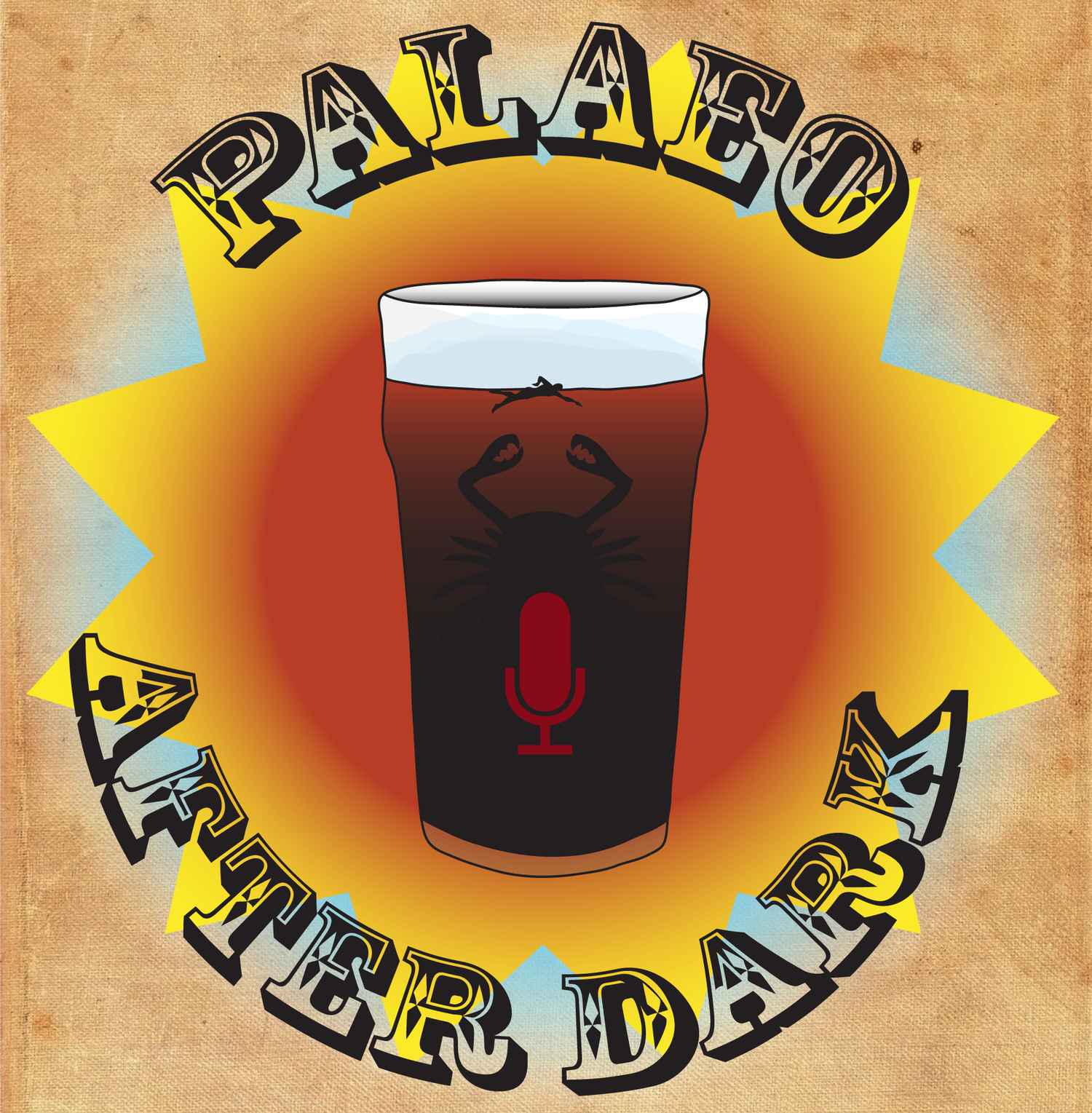Podcast 109 - Dead Squids and Graptolites
/In this episode, the gang discusses two papers that use modern decay experiments to determine how decay can affect our understanding of the evolution of two groups, Coleoidea and Graptolithina. Are there certain structures or behaviors that make these animals more or less likely to be preserved in the fossil record? Also, the gang faces the existential void, James offers a gift, and Amanda learns something interesting about the greatest animals on the planet.
Up-Goer Five (James Edition):
This time, the group talks about what happens to things after they die. They look at studies that took things that were not dead and made them dead (or found dead ones on ice at a shop) and then watched what happened to them as time went on. We can then use the brain facts that we get from seeing these things continue to be dead to figure out what we are seeing when we look at things that have been dead for a really long time and turned into rock. First, we look at things that live in the water and have many arms. One group is not found in rock although they should have been around a long time ago, and because of the brain facts we get from watching them be dead we can tell it is because they do not drop in the water once they are dead. The second study looks at things that building their own houses by being sick on themselves. There are lots of them in the past but now only one group is left. By killing some of the ones that are left to see how they die we can see why we only find the old houses in rock and not the animals themselves, and also if dark bits we see in the houses in the rock may in fact be those animals!
References:
Clements, Thomas, et al. "Buoyancy mechanisms limit preservation of coleoid cephalopod soft tissues in Mesozoic Lagerstätten." Palaeontology 60.1 (2017): 1-14.
Beli, Elena, Stefano Piraino, and Christopher B. Cameron. "Fossilization processes of graptolites: insights from the experimental decay of Rhabdopleura sp.(Pterobranchia)." Palaeontology (2017).

















